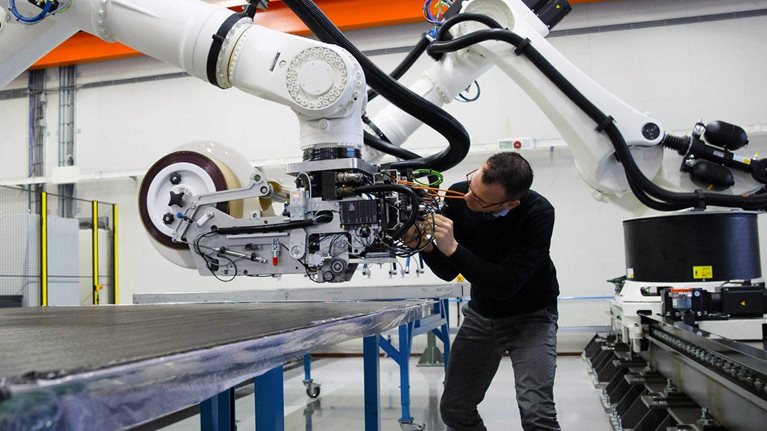Latin American economies have posted average annual GDP growth of 3 percent over the past 15 years, far slower than growth in other developing regions. And almost 80 percent of Latin America’s GDP growth during this period came from population growth rather than productivity (exhibit). Between 2000 and 2015, productivity across the region grew at only 0.6 percent, one of the weakest performances of any region in the world. Without higher productivity, growth is set to come under threat from three disruptive forces hitting at once.

The first disruption is that the fertility rate in Latin America has plunged in the past 15 years, from nearly 2.7 births per woman on average to 2.1 births. Between 2015 and 2030, the rate of employment growth is expected to more than halve, falling to only 1.1 percent a year. With unchanged productivity growth, this implies that GDP growth in Latin America will be 40 percent weaker over the next 15 years than it was in the previous 15.
The second is the end of the commodity supercycle, which had fueled GDP growth, particularly in the Andes region. Latin America will continue to benefit from its abundant resources, but the current context requires a shift toward producing and using those resources more efficiently.
The third disruptive force is the risk of rising protectionism after decades of declining trade barriers. Protectionism in the United States is of particular concern because that country is the destination for 45 percent of Latin American exports.
Would you like to learn more about the McKinsey Global Institute?
To counter the threat to growth, we see four major priorities:
- The region needs to expand high-value-added activities across key value chains by removing obstacles to competitiveness. Today, Latin America’s most productive sectors (relative to the same sectors in the United States) account for less than one-fifth of total employment in the region. On average, Latin American workers produce 25 percent of what US workers produce.
- Latin America’s economies need to engage fully in the current wave of digitization and automation. Yet, according to the World Bank, the region invests only around 0.8 percent of GDP in R&D activities, compared with an average of around 2.4 percent in countries that are part of the Organisation of Co-operation and Development and 1.8 percent in China. About half of the full-time hours worked in Latin America could be automated—potentially covering more than 76.4 million full-time-equivalent workers. Productivity would rise, but measures would need to be in place to help workers gain skills as they transition to new types of jobs.
- To address challenges created by pressure on the labor pool, the region’s countries need to raise skills through improved education and training, and better match those skills to the ones needed by business. In one McKinsey survey, between 40 and 50 percent of Latin American employers cited a lack of skills as the main reason for entry-level vacancies. The entry of more women into the labor force would help mitigate pressure on labor pools and boost GDP growth. If all Latin American countries matched the progress toward gender parity of the best performer in the region—and raising women’s labor-force participation is a huge part of that—this could create an additional $1.1 trillion of GDP by 2025, 14 percent above what can be achieved at current rates of progress.
- Finally, an inclusive and sustainable growth strategy requires strengthening macroeconomic fundamentals as well as investing in the capital and infrastructure that enable productivity growth and competitiveness.

Can Latin America reignite growth by connecting with consumers?
Governments, businesses, and individuals all need to play a part in translating this considerable potential into impact. The challenges that face Latin America are wide ranging and often difficult, but broad, concerted leadership from society can shape a new agenda that will enable Latin America to weather the demographic storm, transform productivity, and bolster growth for the long term.
Download the discussion paper on which this article is based, Where will Latin America's growth come from?, (PDF–518KB) which was prepared for the April 5 to 7, 2017, meeting of the World Economic Forum in Buenos Aires.


